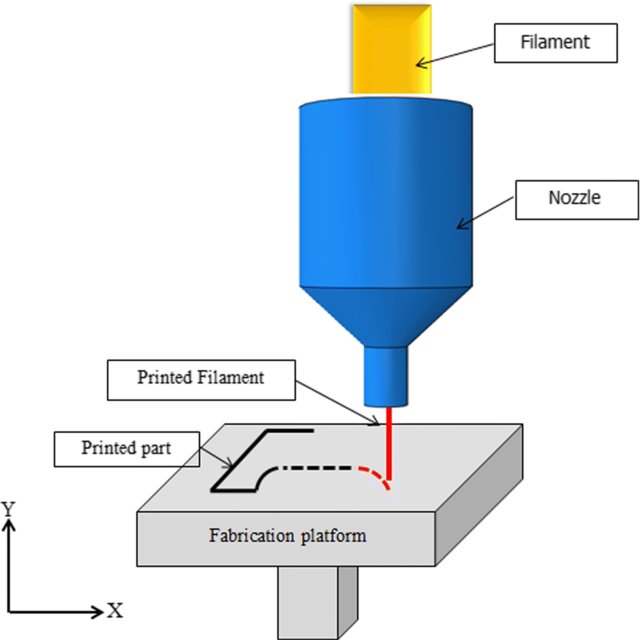What Is FDM (Fused Deposition Molding) 3d Printing?
Fused deposition molding (FDM) 3D printing, also known as fused filament fabrication (FFF), is an additive manufacturing (AM) industry within the field of filament extrusion. FDM builds parts layer by layer by selectively depositing molten material in predetermined paths and using thermoplastic polymers in the form of fine filaments.
FDM, the world's largest installed base of desktop and industrial-grade 3D printers, is the most widely used technology and is probably the first process you think of when 3D printing comes to mind.
How does FDM 3D printing work?
FDM 3D printers work by depositing molten filament material layer by layer on a build platform until your part is printed. FDM uses the digital design files uploaded to the machine itself and converts them to physical dimensions. Materials used for FDM include polymers such as ABS, PLA, PETG and PEI, which the machine feeds as filaments through heated nozzles.

To operate the FDM machine, a roll of this thermoplastic filament is first loaded into the printer. Once the nozzle reaches the desired temperature, the printer feeds the filament through an extrusion head and nozzle.
This extrusion head is connected to a three-axis system that allows it to move in the X, Y and Z axes. The printer extrudes the melted filament into a fine wire and deposits it layer by layer along a path defined by the design. Once deposited, the material cools and cures. In some cases, you can connect a fan to the extrusion head to accelerate cooling.

It is necessary to color the shape several times by using markers similar to those used when filling. When the printer finishes a layer, the build platform drops and then begins printing the next layer. However, in some machine setups, the extrusion head moves up. This process is repeated until printing is complete.


Leave a comment